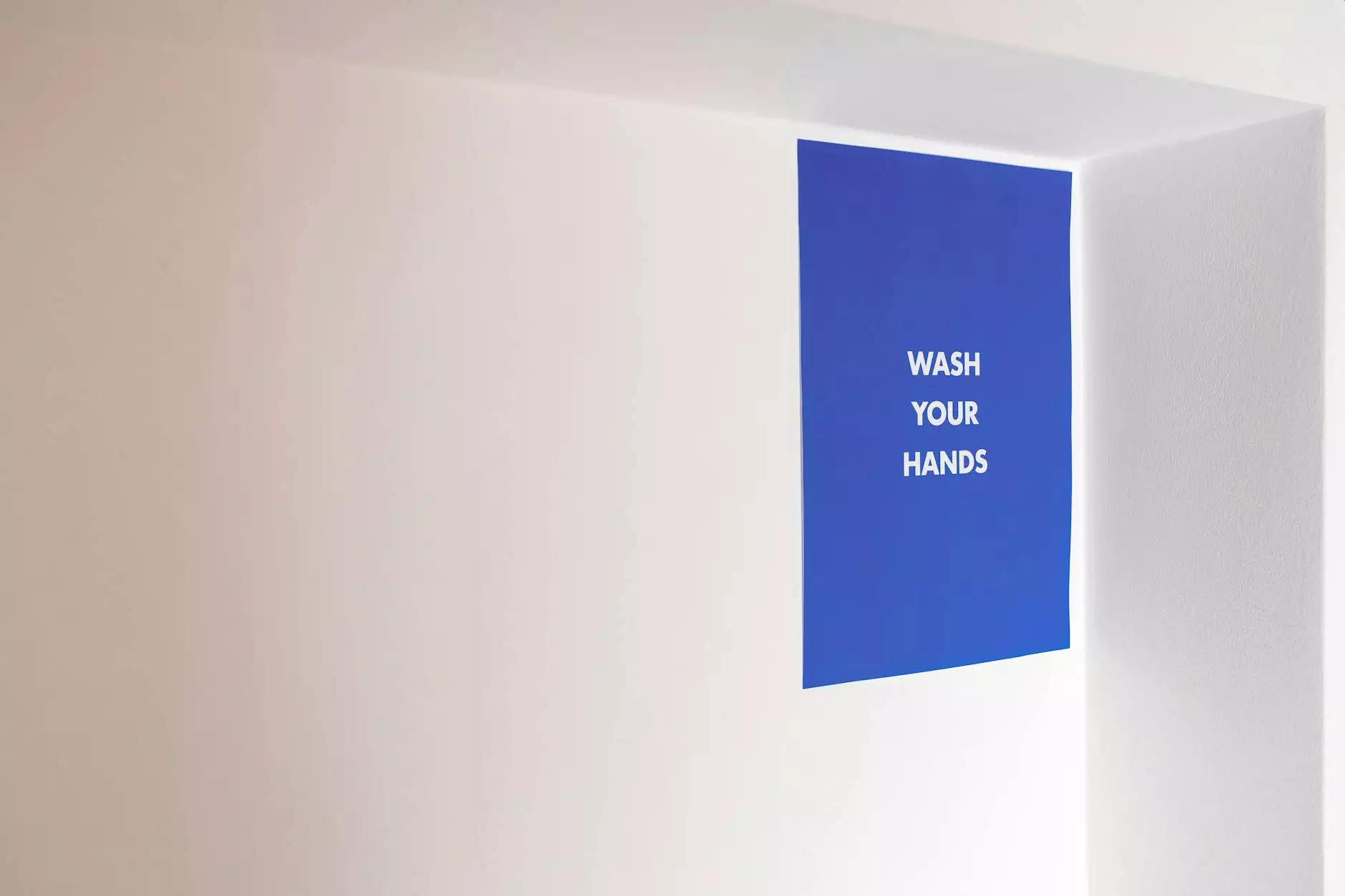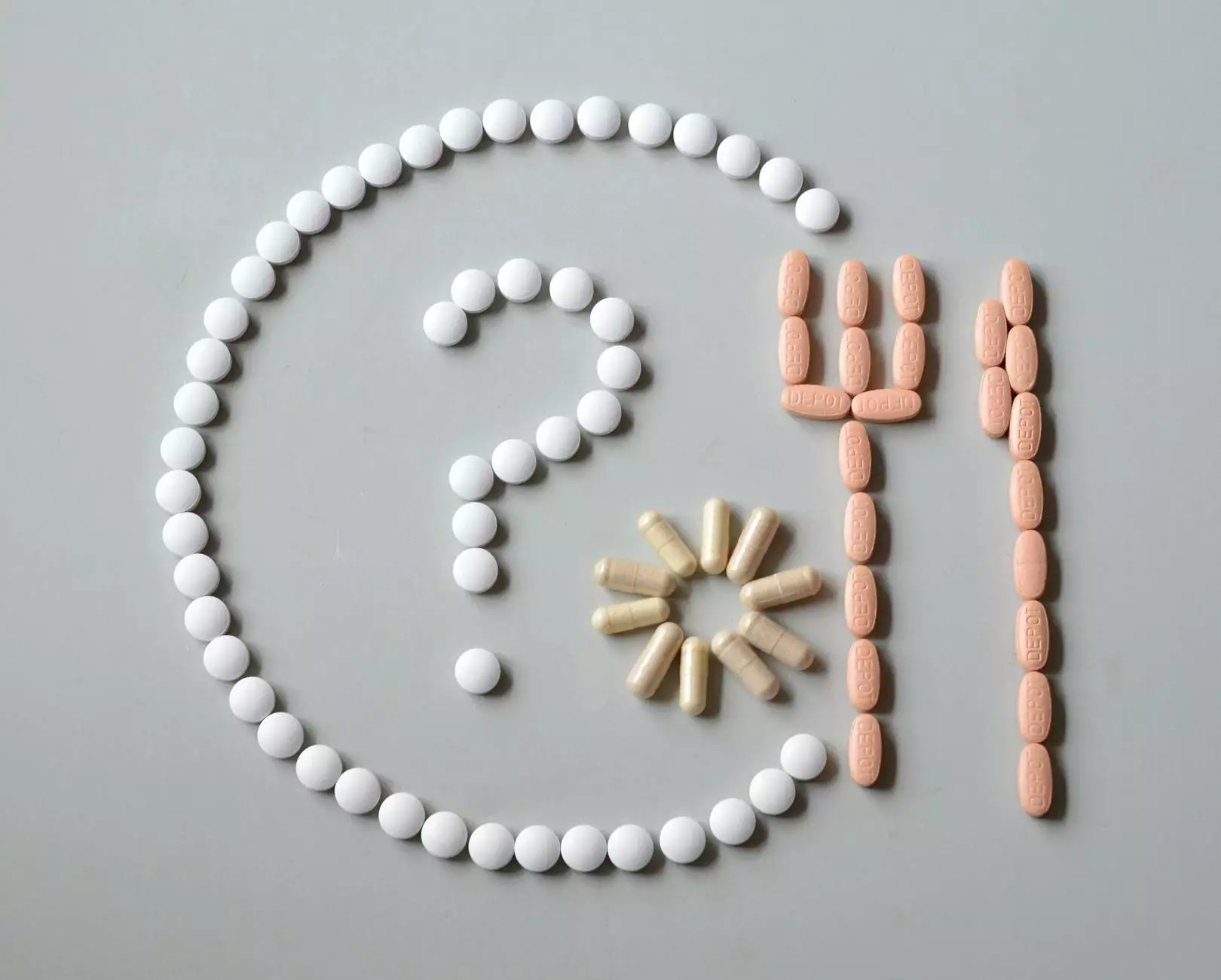Understanding Posterior Ramus Syndrome: Insights and Treatment Options

Posterior Ramus Syndrome is a lesser-known but critical condition affecting the nerves of the spinal column, particularly the posterior rami, which are essential for proper neurological function and mobility. In this comprehensive article, we will delve into the complexities of this syndrome, its symptoms, effective treatments, and how healthcare professionals, including chiropractors and physical therapists, can provide significant relief to those affected.
What is Posterior Ramus Syndrome?
Posterior Ramus Syndrome refers to a set of symptoms resulting from dysfunction in the posterior rami of the spinal nerves. The posterior rami branch off the spinal nerves and supply sensation to the skin, muscles, and ligaments of the back. When these nerves are compressed, inflamed, or injured, it can lead to a range of debilitating symptoms that impact an individual's quality of life.
Symptoms of Posterior Ramus Syndrome
Individuals suffering from Posterior Ramus Syndrome may experience a variety of symptoms, including:
- Localized Pain: Pain is often felt in the lower back and may radiate down the legs or into the buttocks.
- Numbness and Tingling: Affected areas may experience sensations of numbness, tingling, or a "pins and needles" feeling.
- Muscle Weakness: Weakness in the muscles of the back or legs can be a significant issue.
- Difficulty with Movement: Patients may find it hard to bend, twist, or perform daily activities.
- Increased Sensitivity: Overly sensitive skin or pain response can also occur in the affected areas.
Causes of Posterior Ramus Syndrome
The onset of Posterior Ramus Syndrome can be attributed to several underlying factors, including:
- Herniated Discs: Protruding discs can compress nerve roots.
- Trauma or Injury: Falls or accidents can lead to direct injury of the spinal nerves.
- Degenerative Disc Disease: Age-related degeneration of the spine can cause nerve compression.
- Spinal Stenosis: Narrowing of the spinal canal often leads to increased pressure on spinal nerves.
- Poor Posture: Chronic poor posture can lead to nerve impingements and muscle imbalances.
Diagnosis of Posterior Ramus Syndrome
Proper diagnosis of Posterior Ramus Syndrome is crucial for effective treatment. Healthcare professionals typically follow these steps:
- Medical History Review: A thorough evaluation of the patient's medical history and symptoms is conducted.
- Physical Examination: Clinicians may perform a physical exam to assess strength, reflexes, and range of motion.
- Imaging Studies: X-rays, MRIs, or CT scans may be utilized to visualize the spine and identify any structural issues.
Treatment Options for Posterior Ramus Syndrome
Effective treatment for Posterior Ramus Syndrome aims to relieve pain, restore function, and enhance the patient’s overall well-being. Here, we explore the most common treatment options:
Chiropractic Care
Chiropractors play a vital role in the treatment of Posterior Ramus Syndrome. They employ various techniques to address spinal misalignments and improve nerve function, which includes:
- Spinal Adjustments: Chiropractors use manual adjustments to correct misalignments in the spine that may be compressing the posterior rami.
- Soft Tissue Therapy: Techniques like massage can relieve muscle tension and improve blood flow to the area.
- Therapeutic Exercises: Customized exercise programs help patients strengthen muscles and improve flexibility.
Physical Therapy
Physical therapists focus on rehabilitation and functional restoration. Their treatment strategies include:
- Modalities: The use of heat, ice, ultrasound, and electrical stimulation can reduce pain and inflammation.
- Strengthening Exercises: Targeted exercises help improve core stability and support spinal structures.
- Posture Education: Educating patients on maintaining proper posture to prevent further nerve compression.
Medications
In some cases, medications may be prescribed to manage pain and inflammation, including:
- Nonsteroidal Anti-Inflammatory Drugs (NSAIDs): Help reduce inflammation and alleviate pain.
- Corticosteroids: Oral or injected steroids may be used to control severe inflammation.
- Muscle Relaxants: These can ease muscle spasms that may accompany the syndrome.
Self-Care Strategies
Individuals suffering from Posterior Ramus Syndrome can implement several self-care strategies at home:
- Maintain a Healthy Weight: Reducing excess body weight can alleviate additional pressure on the spine.
- Engage in Regular Low-Impact Exercise: Activities like walking, swimming, and cycling can strengthen muscles and improve overall health without straining the spine.
- Practice Good Posture: Make a conscious effort to sit and stand with proper alignment to minimize stress on the spine.
- Heat and Ice Therapy: Applying heat or ice packs can help reduce pain and inflammation temporarily.
Hope for Recovery: Long-Term Prognosis
The prognosis for those suffering from Posterior Ramus Syndrome varies widely based on the cause and the individual's response to treatment. Many patients experience significant improvement with appropriate intervention, including:
- Enhanced Mobility: Achieving greater range of motion and functional capability.
- Pain Relief: A significant reduction in pain frequency and intensity.
- Improved Quality of Life: With decreased discomfort and increased activity levels, individuals can resume normal life.
When to Seek Professional Help
If symptoms of Posterior Ramus Syndrome persist or worsen, it is essential to seek professional medical advice. Early intervention can often prevent further complications, leading to better outcomes.
Conclusion
Understanding and addressing Posterior Ramus Syndrome is crucial for improving the quality of life for those affected. With the right combination of chiropractic care, physical therapy, and self-care strategies, individuals can find relief and regain function. If you or someone you know is struggling with this condition, connecting with professionals at IAOM can pave the way for a healthier, more active lifestyle.









